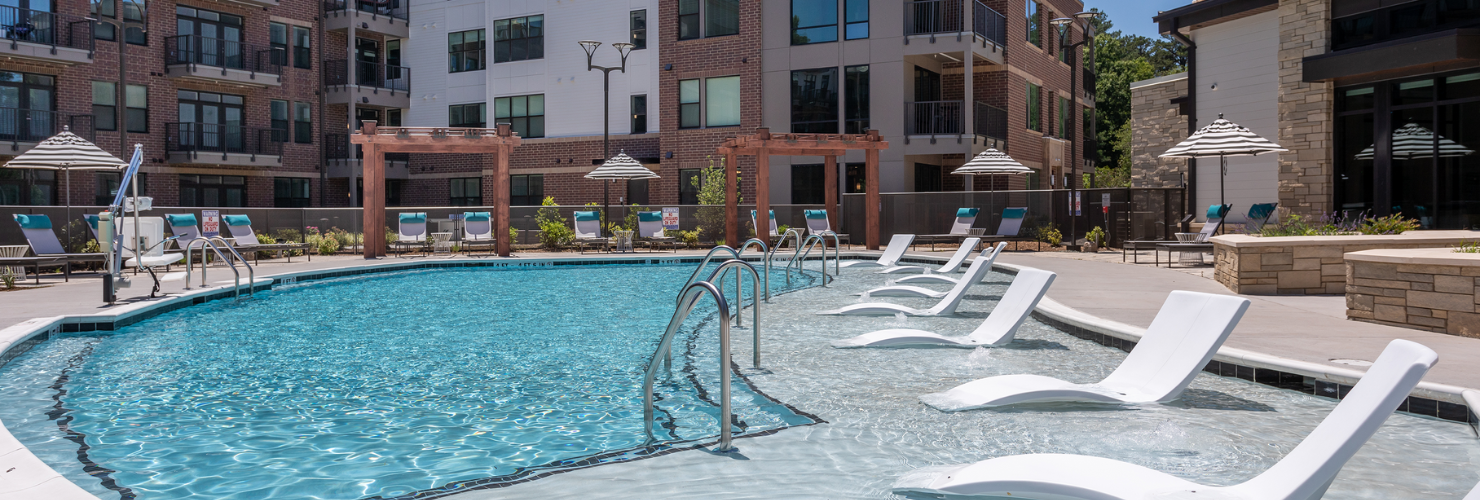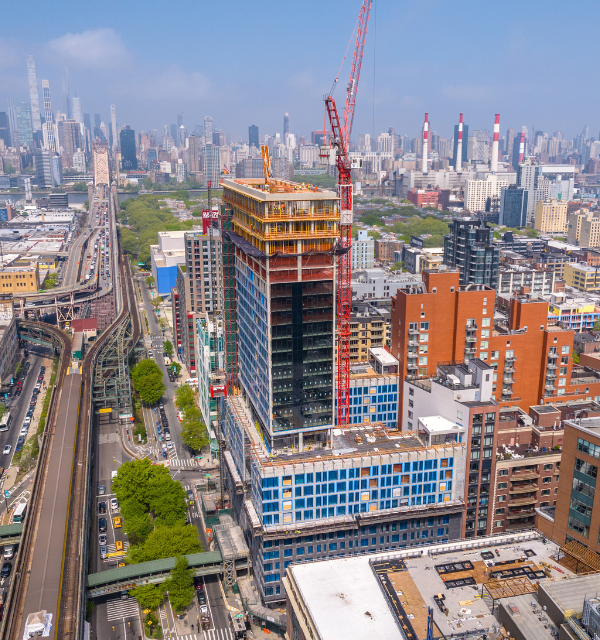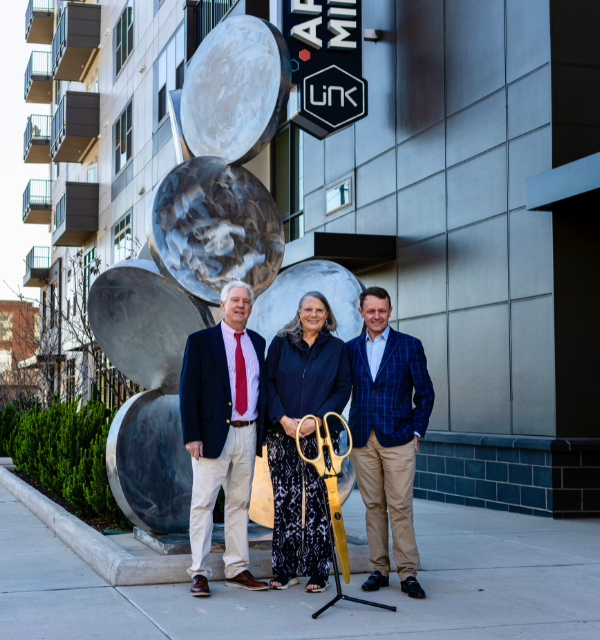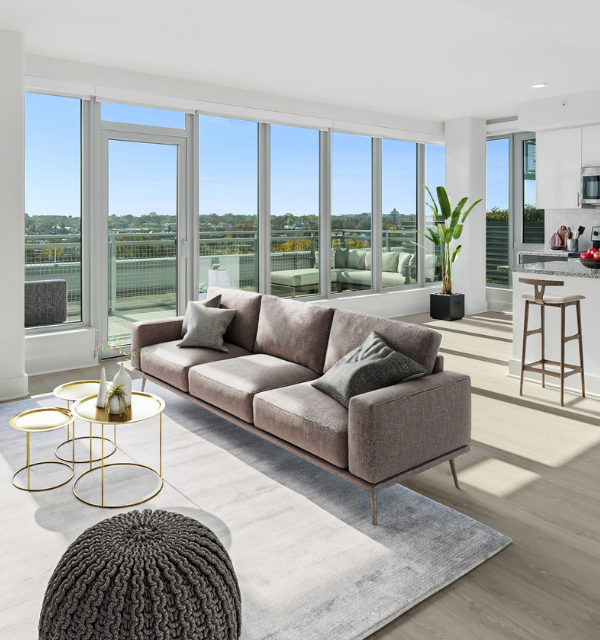Grubb Properties Marks Six Years of Opportunity Zone Investing
July 9, 2024
Over the past six years, we’ve experienced notable growth and continue to make an impact in Opportunity Zones (OZs), particularly in high-growth and resilient U.S. urban markets where a shortage of housing is especially acute.
Grubb Properties’ Link Apartments Opportunity Zone REIT is projected to contribute 3,027 moderately priced multifamily units (including roughly 2,500 by 2026) to the nation’s insufficient housing supply. These communities are in locations that are in transit-oriented urban locations, and close to major fixed employers (universities, business hubs and headquarters, innovation zones, and medical centers) across North Carolina, California, Colorado, New York, Virginia and Washington, DC.
With the passage of Opportunity Zone legislation in 2017, Grubb Properties developed a strategic plan to provide a compelling investment opportunity while simultaneously achieving the goals of the OZ program, including improving communities without introducing excessive gentrification impacts in low-income neighborhoods.
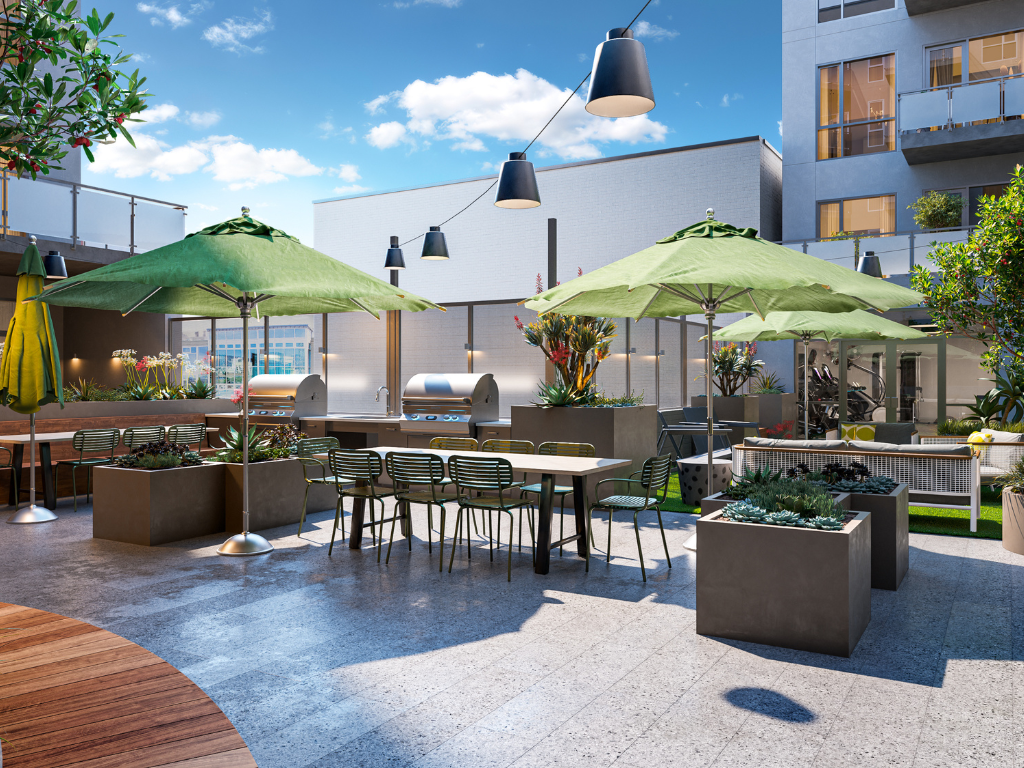
This vision was a natural fit with our Link Apartments℠ strategy, which provide housing for renters earning 60% to 140% of the local area’s median income. In fact, 40% of our existing communities back then were located in communities that were later designated an Opportunity Zone. Interestingly, the very first Link Apartments℠ community sits in what now is an OZ. We still own that property today.
The durability of our Link Apartments℠ investment thesis is further supported by the results of the Grubb Properties’ State of the Young American Renter survey, published at the end of 2023. It found that 78% of renters in urban locations aged 22-35 had experienced a rent increase in the prior year. One-third of respondents cited rent increases as their biggest current financial concern.
We believe these responses from young Americans, along with the ongoing and severe national imbalance between housing supply and demand, are indicative of the present and future appetite for essential housing. In our view, the economic environment and rising home prices, combined with a shortage of 3.4 million housing units since the Great Financial Crisis, mean the OZ program can continue to deliver benefits by supporting additional multifamily housing development.
While we work to bring essential housing to communities, we’re consciously integrating environmental practices:
- 97% of our multifamily properties have received either a green certification or are pending certification.
- Our business model limits the number of floor plans and boasts an efficient use of square footing.
- We incorporate smart technology to reduce recurring expenses. For example, in 2023 our residents averaged 15% less energy usage and spending relative to comparable properties, while we averaged 25% less energy and spending than our competitors in the owner-paid portions of buildings.



 |
|